Prejudice is a dismissive, negative attitude towards someone or something, independent of experience. When we add a touch of ignorance and generalization, we may get a strange mixture, which in the end can be diametrically opposite from the truth. Mark Twain once wrote that travel is fatal to prejudice, bigotry, and tunnel vision, and that a broad, comprehensive, generous views of people simply cannot be obtained through "vegetating" only on one small part of the world.
Certainly Iran is one of those countries, which is associated with quite unfounded prejudices, so a trip to this country is even a greater surprise, because prejudices disappear one after the other.
Iran is a big country; with its size of over 1.5 million square kilometres is the 18th largest country in the world; and with its almost 83 million inhabitants, the 16th largest country in the world. To this dull statistics course it is necessary to add a rich history, distinctive architecture, natural resources and soon comes a decision: "we are going to Iran."
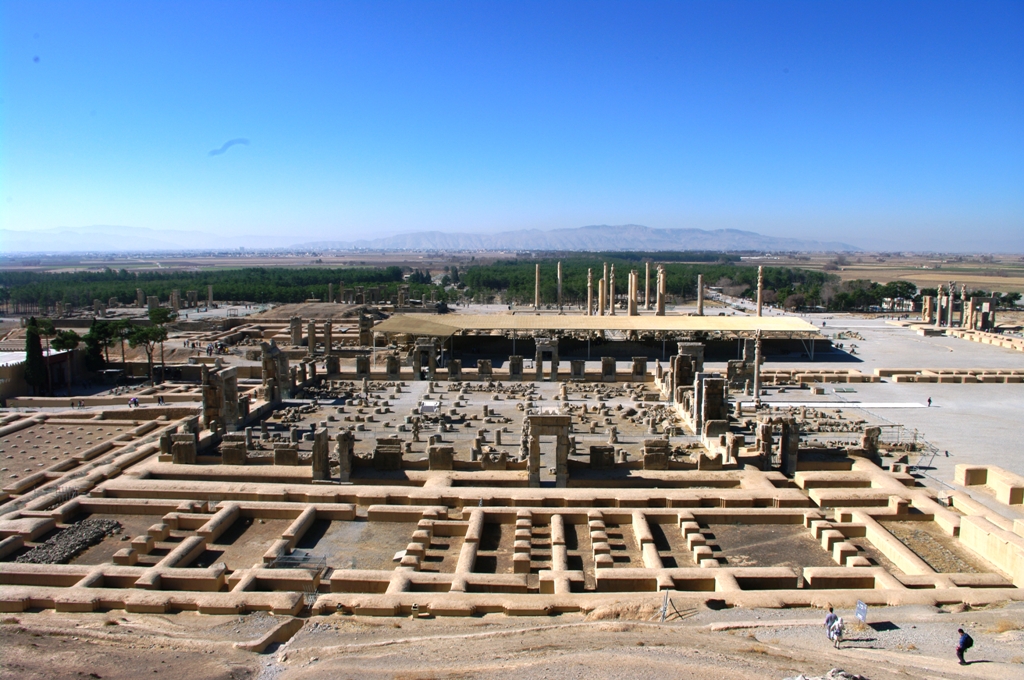
Historians cannot agree when the first settlers settled in Iran (even during the Neolithic period), but it is clear that the first modern resort was created in the middle of the third millennium BC in Elam (now the province of Khuzestan). This was followed by the Median Empire and Achaemenid Empire terminated by Alexander the Great, that is in Iran known as the Alexander the Destroyer. Alexander completely destroyed Persopolis, a symbol of Achaemenid Persian Empire. Hellenistic period (330 to 150 BC) was followed by the Parthian Empire (150 BC–226) and Sasanian Empire (226–650). In Middle Ages the Arab power and Islam came to the country (650–1037) as well as Turkish and Mongolian government until 1500. Below Safavidov dynasty (1500–1722) and safavid power the Shia version of Islam became the official religion of the empire. Iran became the largest Shia Muslim country in the world, which it is still today. After the war with Russia and the Ottoman Empire in 1722 followed a long period of stability with the rule of Kadjar Dynasty (1785–1925), although in 1907 Russia and England split Iran into economic zones. In 1925 Shah Reza Pahlavi established a new dynasty, began with the modernization of Iran and during World War 2 declared neutrality. But when he rejected the deportation of German engineers considered by the Russians and the British as the spies he was exiled in 1941, and his son, Mohammed Reza Pahlavi, was put into his place. He then continued the modernization after the World War 2. After months of demonstrations against his regime, Mohammad Reza Pahlavi left Iran 16 January 1979. On February 1 of the same year, after 15 years of exile, Ruholah Homeini returned to his homeland, on 11 February 1979 declared the end of the monarchy and established the authority as it was before. Nowadays the Iran authority is based on the constitution from the 1971 that it called the Qānun-e Asasi (the Basic Law). President of the Republic, members of parliament and members of the Council of Experts (Majles - e Khoebregan) are chosen by citizens older than 18 years in general elections.
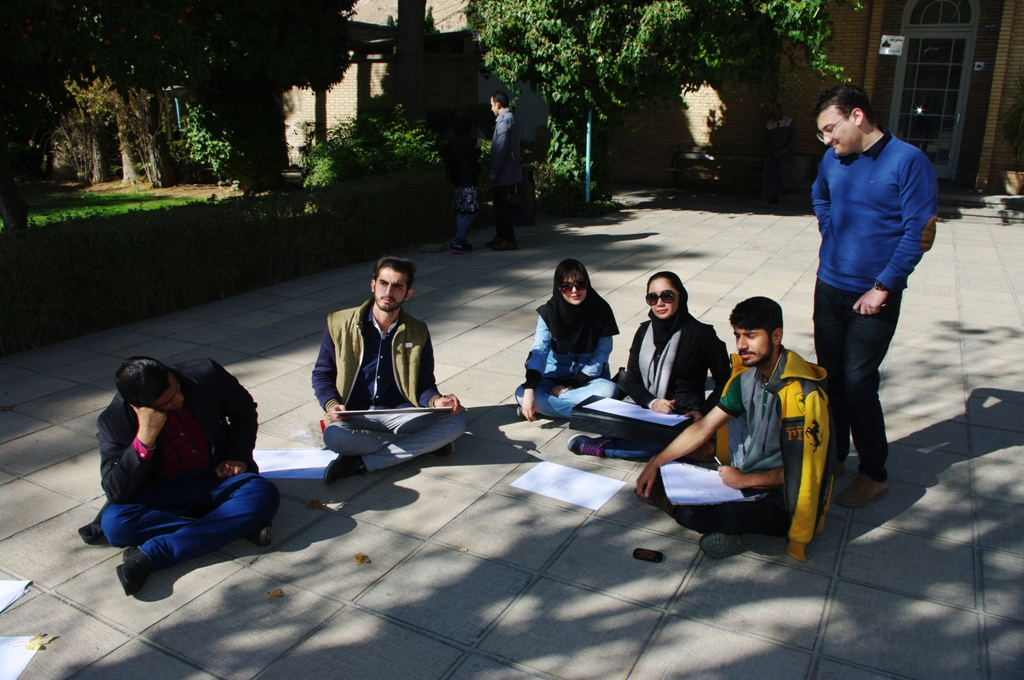
To sum up, this is probably the shortest history of Iran from ancient times until today. And now I would like to present the most popular tour of Iran, which many guidebooks referred to as "The Classic Tour" or "Following the Footsteps of the Empire." So let us embark on a journey, following the historical footsteps.
Before leaving Iran it may be convenient (but not necessary) to edit a tourist visa in your home country. This will save you some waiting while arranging visas at the airport, where it is obtained by the citizens of all European countries, except of Great Britain. With already obtained visa you can only approach the border policeman who provides you with a stamp in the passport and welcomes you in Iran. All you have to do then is to pick up your luggage and through customs control enter the airport building. Considering Iran is a very open country and is being developed in terms of tourism, there is still a certain dress code. For women long sleeves, long pants or skirts and headscarf that covers at least a part of the hair is required, as for the men only long trousers are mandatory, sleeves not that so.
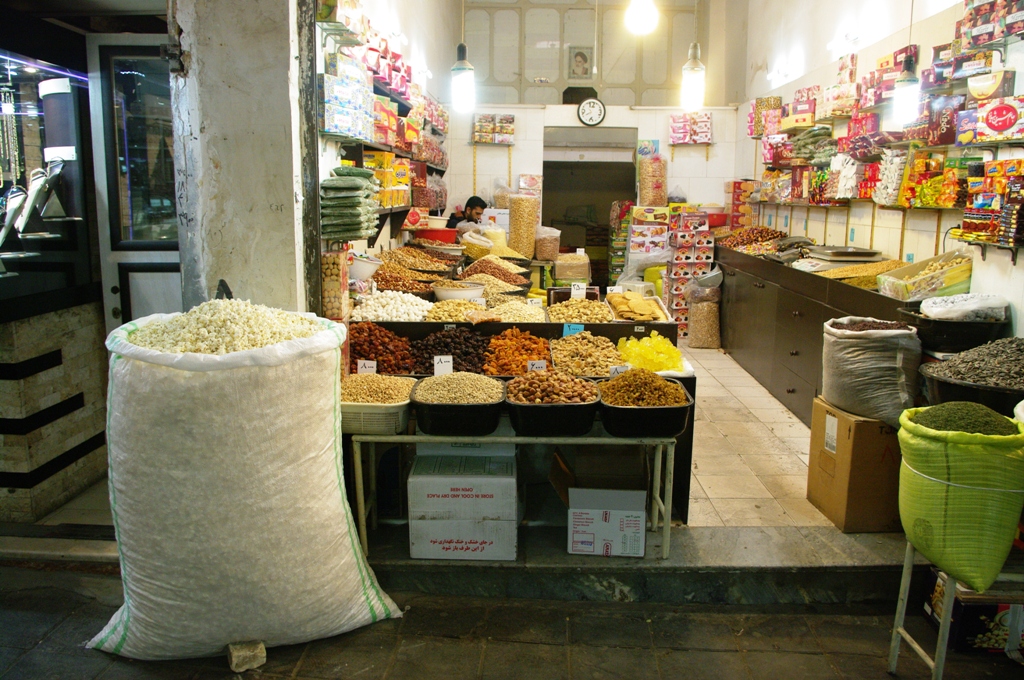
The classic itinerary that follows the footsteps of the empire covers important historical places such as Shiraz, Persopolis, Isfahan, Yazd, Kashan, Meybod, villages of Abyaneh and Kharanaq, Zoroastrian holy place Chak Chak and of course the capital Tehran. Among all larger towns there are excellent bus connections and the "VIP buses" are sufficiently spacious for a night drive on modern highways. Among the cities runs a railway with slightly less connections than the bus. Among all the major cities and Tehran are also very good and frequent flight connections. Of course all of the combinations are quite possible but the most sensible way is to begin in Tehran and end your journey in Shiraz, or vice versa. In this case the route from Shiraz to Tehran is best carried out in one direction and in one piece, and to visit all the places in-between on your way back. To move from Tehran to Shiraz or vice versa, it is most recommended to use the air connections, although many travellers overcome this distance in one night on the bus or train.
From Tehran over Abyaneh and Kashan to Isfahan
Landing at Tehran airport in the morning is the best introduction to Iran, as you embrace the history and nature of Tehran without the transportation chaos, and you slowly get used to it in smaller cities such as Isfahan and Shiraz. Unlike traffic chaos in Tehran is driving down the highway a comfortable way of transportation. After two hours of driving you find yourself in Kashan city with 275,000 inhabitants and a number of attractions, including the ones that are inscribed on the UNESCO World Heritage List. All attractions in Kashanu fill your itinerary for at least one full day but if you spend only a few hours in Kashanu it makes sense to choose the most striking ones. The bazaar in Kashanu is a great first contact with Iran. Bazaar is just big enough to find what you are looking for, and small enough not to get lost.
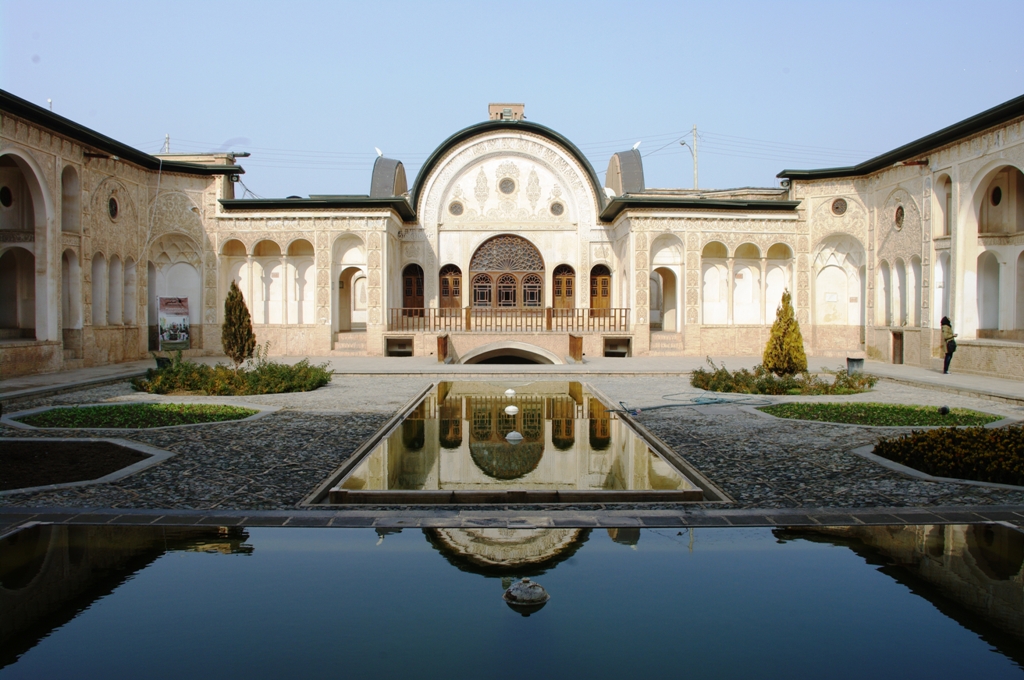
When you get tired of bazaar it is time for the most important cultural monuments such as Khan-e Ameriha, which is the most famous and one of the richest among the renovated traditional houses, because with its seven courtyards it extends on over 9,000 square meters. Final size was achieved by additional extension, since Agi Amerju, kashanian Governor found the basic house "slightly" too small. When it was completed at the end of the 18th century, it was the largest private house in the whole Persia. Even faster than it was built, it began to deteriorate. Degradation was stopped in 1999, when they began a thorough renovation.
No less interesting and luxurious are the other traditional houses, among which Khan-e Abbasian, Khan-e Borujerdi and Khan-e Tabatabei are worth mentioning. The last one belonged to a rich carpet manufacturer and is a paradise for photographers. Although almost half the size of Khan-e Ameriha, it is still breath-taking with its 40 rooms with 200 ports on nearly 5,000 square meters.
Among the religious sites in Kashanu the Agha Bozorg mosque, the most beautiful Islamic complex in Kashanu certainly cannot be ignored, although there are also other mosques and shrines worth visiting, especially Imamzadeh-e Habib ibn-e Musa, which houses the tomb of Shah Abbas. In the city you can visit the remains of the former city walls and numerous other attractions, including the biggest attraction of the town, Bagh-e Fin Tarikhi-ye, a beautiful complex with a park built for Shah Abbas. It is a classic depiction of the Persian paradise. Bagh-e Fin-ye Tarikhi is one of the most beautiful parks and gardens in Iran, which has its own source of water supplying numerous pools and fountains, and watering the flowers and trees in the park. Despite the beautiful central pavilion, the hamam is the most important historical part of the complex, because it is the place where Iranian Prime Minister and a national hero Taq Mirza Khan known also as Amir Kabir was assassinated. Bagh-e Tarikhi-ye Fin is also on the UNESCO World Heritage List. Of course, Kashanu offers many other attractions, but in a few hours you cannot visit all, and so I left Kashan which lies at 935 meters above sea level, and headed into one of those traditional villages of Iran worth visiting. Kashan has naturally enough good and affordable accommodation, but I decided that on the first day I will already reach Isfahan, so I cannot share my own experience of spending the night in Kashanu.
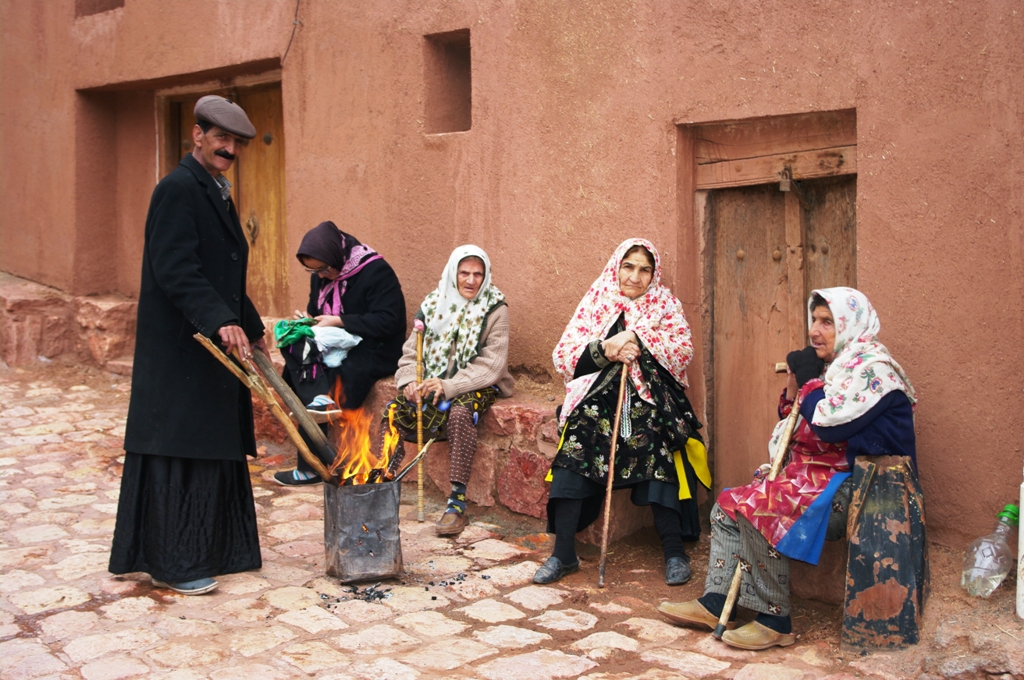
After an hour of driving and defeated 1,300 meters of altitude, we arrived to Abyaneh. Small traditional village of Abyaneh has in recent years become a real tourist attraction and so already on the village gate, we had to pay (a symbolic) entrance fee. The village, which is at least a half millennium old, is a maze of streets between the buildings of red brick, small windows and wooden balconies. Given the fact that the village lies on 2,235 meters above sea level and is therefore quite isolated, with a little luck you can still meet elders who have mastered the old Persian language, Farsi. More than individual houses, the village is interesting as a whole, and the bonus is a view of the 3899 m high peak Karkas. After the village of Abyaneh on the way to Isfahan we drove past the small town of Natanz with 12,000 inhabitants. Although Natanz is not one of those places that would be particularly exposed by the tour guides, it is worth visiting. At least the complex of Imamzadeh-ye Abd al-Samad and "Jameh" mosque – the main mosque in the city. Natanz is also famous for its underground uranium enrichment complex, which is heavily guarded, and where photography in the area of the complex is strictly prohibited. After more than 450 kilometres of trails and relatively relaxed ride, the pace somewhat intensified. Evening arrival in Isfahan, the third largest city in Iran, with 1.6 million inhabitants lying at 1,574 meters above the sea level, already announced that relaxed traffic and empty streets are coming to an end.